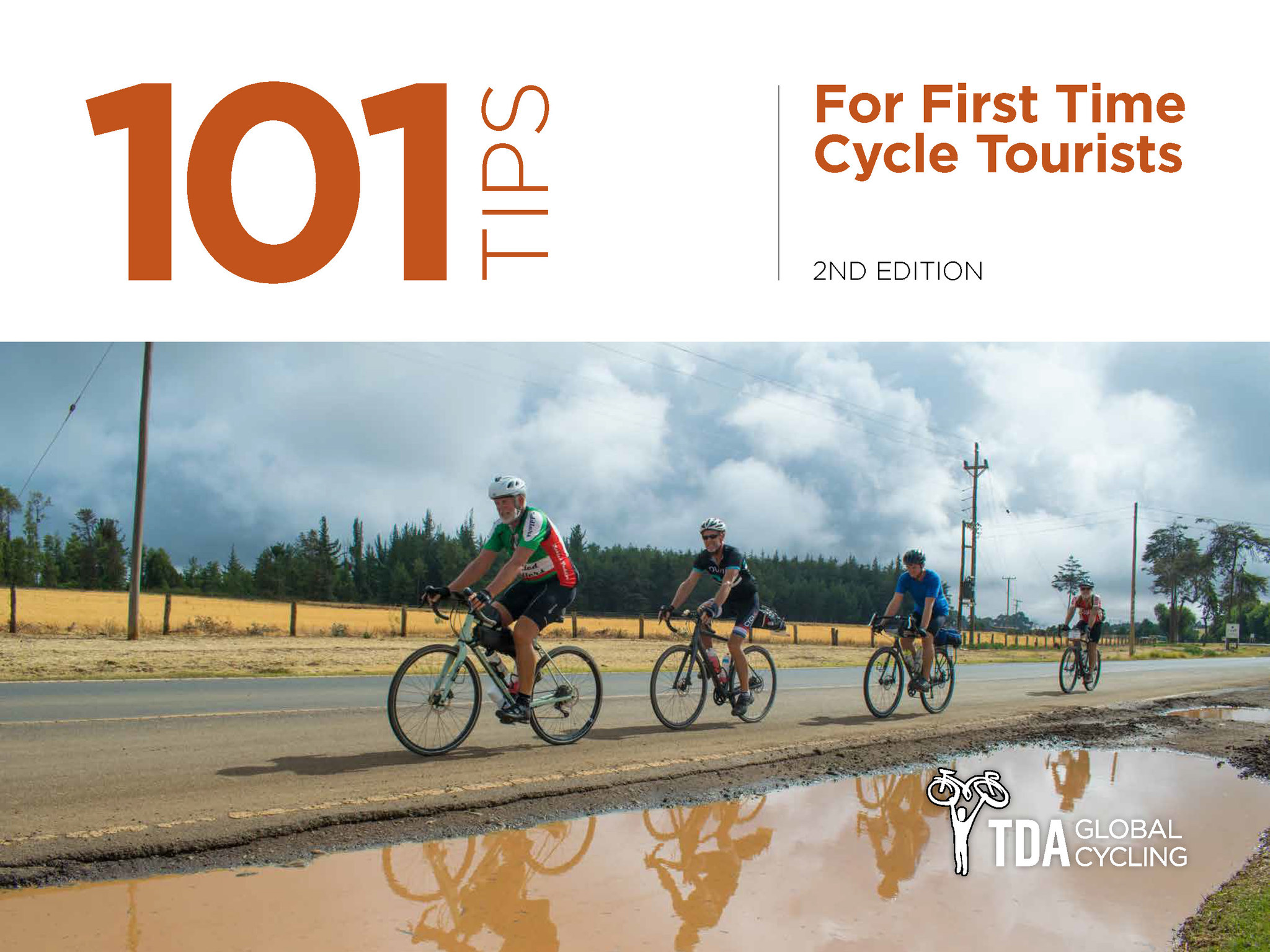Blog
5 Reasons To Cycle the Routes Des Voyageurs
The ‘Routes des Voyageurs’ section of the 2021 Canada Coast to Coast cycling adventure explores the history of much of modern Canada as it follows the routes of the early fur traders, the voyageurs, on their travels to the west from Montreal and the St Lawrence River to Sault Ste Marie and Lake Superior.
Here are 5 reasons to join this section:
1 – Ottawa River
For many years before the arrival of European colonists, the Ottawa River, called ‘Kitchissippi’ in the local Algonquin language, was an important trading and communications route amongst the local indigenous communities. Once the British and French arrived however, the river was transformed into a major trade route for the new settlers. In the early 17th century, two French explorers, Samuel de Champlain and Étienne Brûlé, followed the river westwards and eventually arrived at the Great Lakes, creating one of the most popular and successful trading routes for the fur-trading voyageurs. Over the years the dangerous rapids and wild waters that once characterized the river have been tamed by hydro dams but white water rafting remains a popular pastime for visitors.
2 – Parliament Buildings

Ottawa’s Gothic parliament buildings, home to Canada’s government, are beautifully situated overlooking the Ottawa River. Construction on the original buildings began in 1859, a year after Ottawa was officially confirmed as Canada’s permanent capital. Largely completed by 1866, they were considered an architectural marvel. When English novelist Anthony Trollope visited he exclaimed that “I know no modern Gothic purer of its kind or less sullied with fictitious ornamentation.” Unfortunately, in 1916, a fire engulfed the Centre Block and completely destroyed it. Its reconstruction took over 10 years, finally reopening in 1928. The grounds in front of the buildings is used for a variety of purposes including national celebrations and occasional protests. (Note: the Centre Block is currently closed to the public due to renovations.)
3 – Montreal’s Food Culture

Montreal is a foodie’s dream destination. The culinary scene is a mix of innovation and tradition influenced by a wide variety of cultures – from French to Jamaican, Chinese to British, Haitian to Polish and everything in between. You can chow down at a funky food truck, a Parisian style bistro or a 5 star French restaurant. In the morning be sure to snag a wood fired Montreal bagel, then for lunch grab a smoked meat at Schwartz’s famous deli on St Laurent. For dinner the options are endless – classic moules frites in Vieux Montreal, veal meatballs from the highly rated Joe Beef or the nightly special at any of the city’s endless food options. After dinner, visit one (or more!) of Montreal’s incredible brewpubs for a pint before heading out to sample the city’s justifiably famous nightlife.
4 – The Big Nickel
The city of Sudbury is the site of an incredible amount of mineral wealth, due to an asteroid that crashed nearby many, many millions of years ago. Most of it is found in nickel but there are other valuable metals also present. In fact, one of the city’s nearby towns is appropriately named Copper Cliff. The area is likely best known as the place the Apollo astronauts trained for their moon landings. At that time the pollution from the mines and smelting created a very unhealthy environment that really did resemble a moonscape. That all changed in 1970 with the construction of the Inco Superstack which, at 381 m high, sent the nasty fumes much further away. The big nickel was built in 1964 to commemorate the contribution of nickel to the local economy and is considered the largest coin in the world.
5 – Lakes, Lakes & More Lakes

Ontario is home to over 250,000 lakes that are estimated to contain about 20% of the world’s fresh water! They range in size from Lake Ontario’s 18,960 square km to bodies of water the size of a backyard pool. Even the province’s name is derived from the Indigenous word Ontarí’io, which translates to ‘great lake’. You can visit Go Home Lake, Applesauce Lake, Crotch Lake or Opeepeesway Lake, amongst others. These lakes provide many benefits: great fishing (there are over 150 species including salmon, pickerel, bass, pike, trout, walleye & muskie), amazing swimming and invaluable environmental benefits both for the nearby communities and the province as a whole but also for the wildlife that makes their homes in and around them.
RELATED
TOUR
 REGISTER NOW
REGISTER NOW






Leave a Comment for "5 Reasons To Cycle the Routes Des Voyageurs"